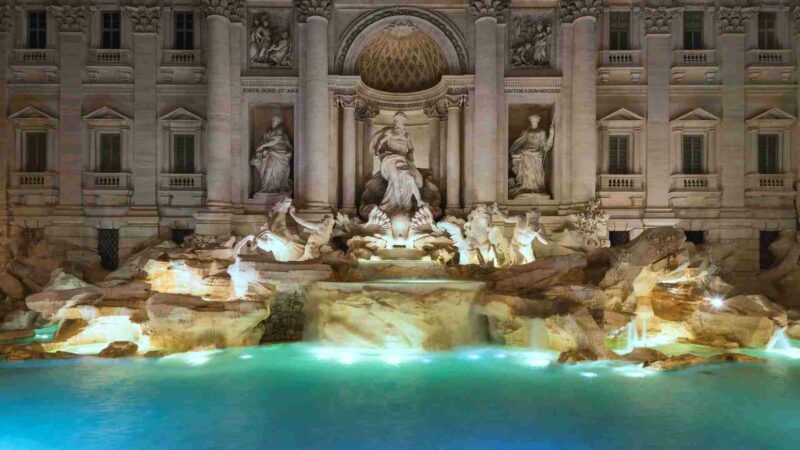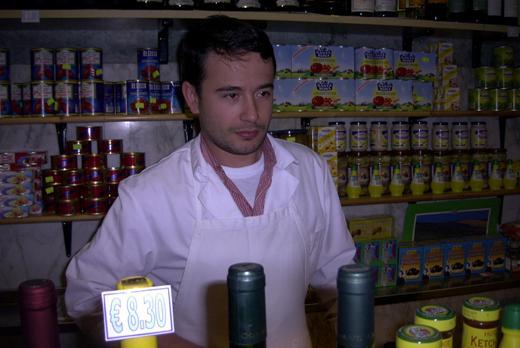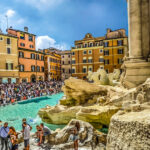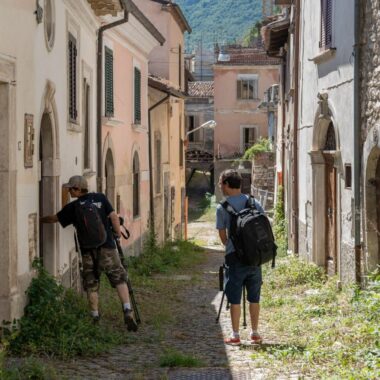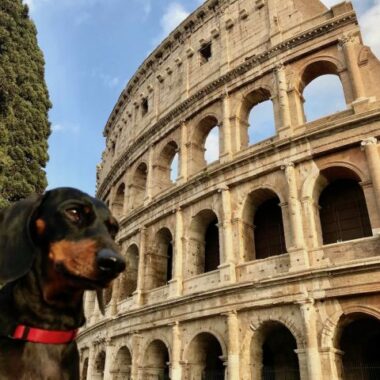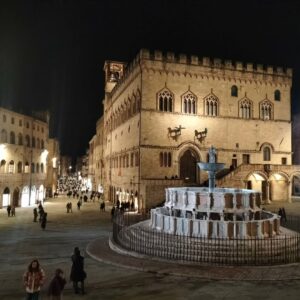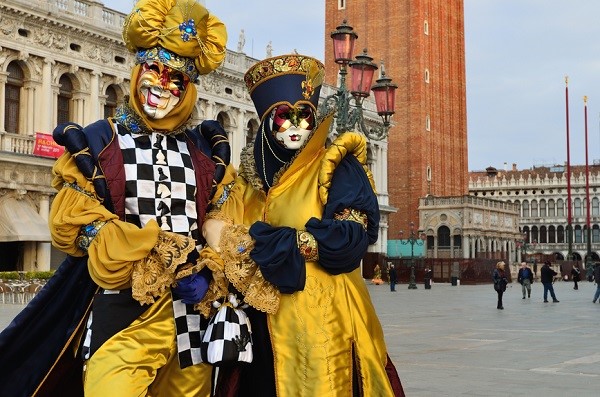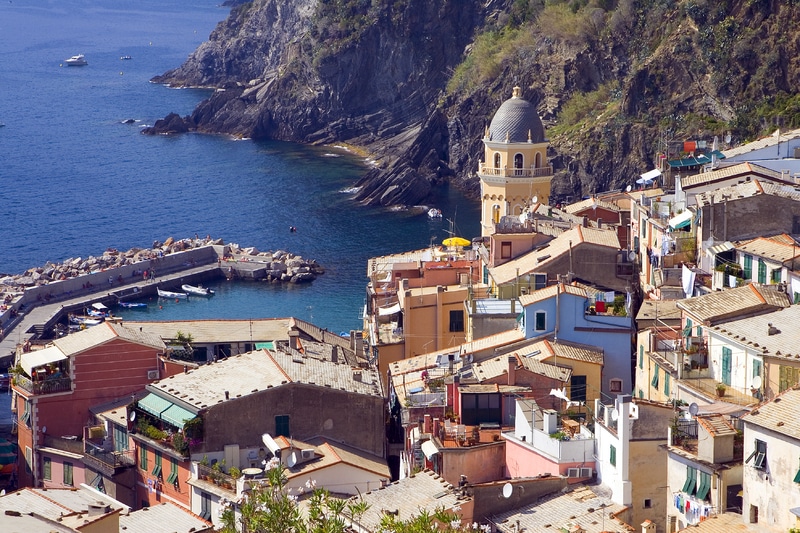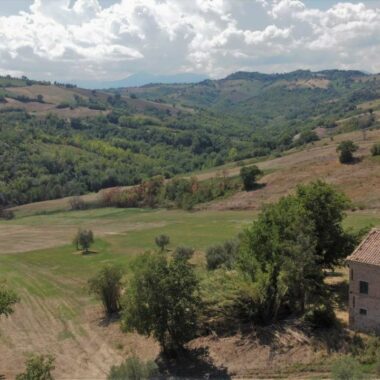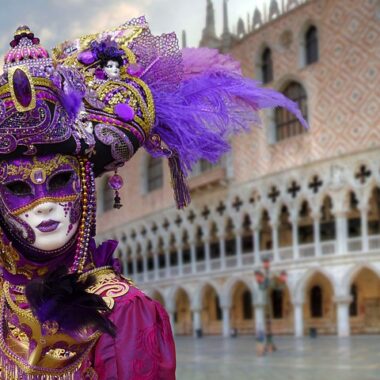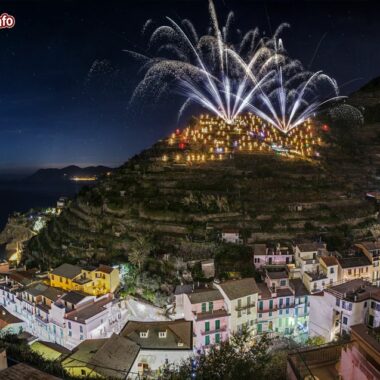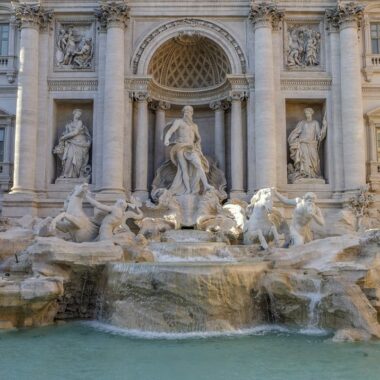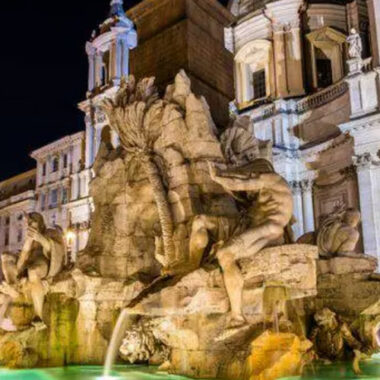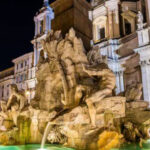The Trevi Fountain is one of the most renowned and celebrated attractions of the Eternal City. The scene featuring Marcello Mastroianni and Anita Ekberg in Federico Fellini’s film La Dolce Vita certainly boosted its hype from the 1960s onwards. The Trevi Fountain is a melting pot of Roman history, mythology, and architecture that draws over 5 million tourists from around the world every year.
During your upcoming stay in Rome, you’ll surely need some information to appreciate the fountain’s magnificence fully and to understand tourists’ sometimes strange behavior. So here’s a guide for you!
The story begins with the kindness of a virgin
Have you ever wondered where the water flowing in the fountain comes from? The daily 2,824,800 cubic meters are supplied by the only Roman aqueduct still in operation, but don’t worry, there’s an active water recycling system! According to legend, a virgin revealed the aqueduct to ancient thirsty Romans along their path, which inspired the aqueduct’s name.
The aqueduct dates back to 19 B.C. and its 20 kilometers of length ended with the Agrippa Fountain, consisting of only 3 collecting basins and never renovated until 1453. We can consider it as the initial concept of the Trevi Fountain; it has come a long way since then!
The construction increased the price of wine
The three collecting basins of the Agrippa Fountain began to be questioned when, in 1453, Pope Nicholas V commissioned a project to replace them with a single huge basin.
Italian artist Gian Lorenzo Bernini was tasked with designing a grandiose and scenic fountain by Pope Urban VII Barberini, but there was a snag. The designs were too costly and the city’s coffers needed to be filled. Thus, it was decided to increase taxes on wine, but even that was not enough. Difficulty in sourcing materials, public discontent, and the deaths of Bernini and the pope further complicated an already complex situation.
Work resumed much later, in 1732, under architect Nicola Salvi. His idea encapsulated the core message of the Trevi Fountain: the perpetual flow of things, with water naturally symbolizing this.
The project was completed by sculptor Pietro Bracci, with the inauguration set for Sunday, May 22, 1762.
Tossing coins: a true tradition!
It is said that every night, 3,000 euros in coins are collected and donated to charity (stealing them is a crime!). What legends lie behind this tradition that has been passed down for centuries? It’s a major classic, and no tourist can resist its magic. Legend has it that the toss should be done with your back to the fountain, eyes closed, and your right hand over your left shoulder.

Here’s where it gets interesting…
Tossing one coin ensures your return to Rome. The throwing of two coins is auspicious for love! It will either lead you to the love of your life or strengthen your bond with your beloved. With three coins, you’re guaranteed a marriage.
So don’t be surprised when you see almost every tourist tossing coins into the fountain basin!
Proper behavior is a must
Lately, fines for tourists who don’t follow the rules have been tightened. Depending on the violation, the current regulations stipulate fines ranging from 160 to 450 euros, plus the possibility of a ban from the city, known as a “daspo urbano.”
So, here’s a quick recap of the behaviors to avoid:
- Don’t sit on the sculpture, not even to dip your feet
- Don’t enter the basins
- Don’t walk on the fountain’s ledges
Not to scare you, but this summer, local police fined a young Spanish man 450 euros at 5 in the morning, catching him as he was entering the water.
The lovers’ ritual
Next to the Trevi Fountain, attentive tourists might notice another small fountain, the Lovers’ Fountain. According to legend, Roman girls would fill a glass of water and offer it to their boyfriends, guaranteeing eternal love…
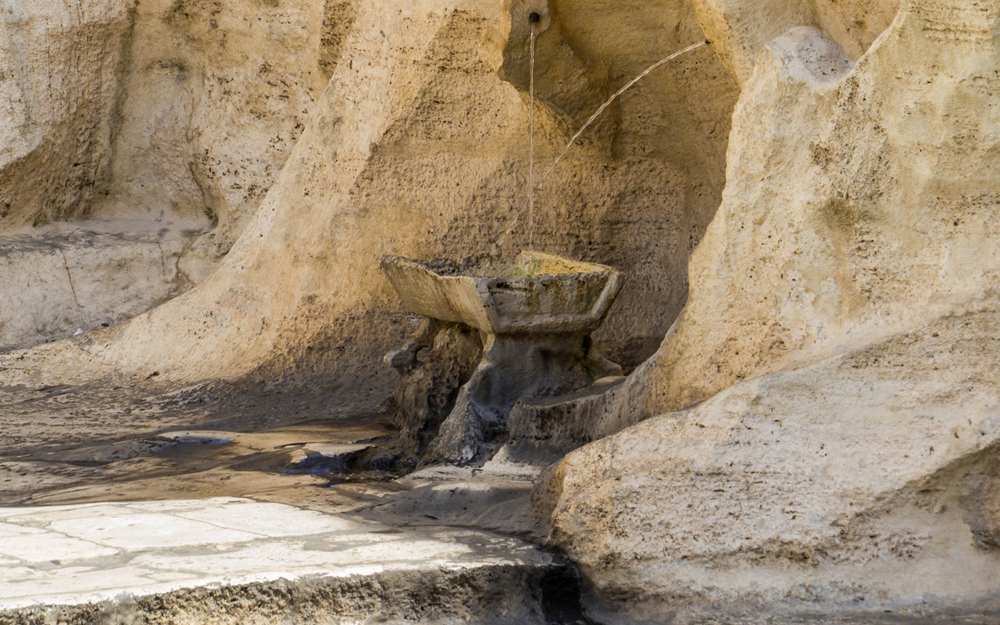
This ritual, deeply felt at the time, was mainly performed before they went off to war, as well as, a few decades ago, before mandatory military service.
Here’s a fun fact that not everyone knows. The Colosseum and the fountain share the same construction material, travertine. It’s a stone rich in calcium carbonate taken from the banks of the Tiber River. Interesting, right?
How to reach the Trevi Fountain
Firstly, avoid peak hours! The best times to visit are early in the morning or late at night on weekdays. Unfortunately for me, I’ve always visited the Eternal City during summer weekends, and I can confirm that regardless of the time, it’s always too crowded. The excessive crowds will frustrate you to the point of wanting to flee, so please don’t make my mistakes!
The Trevi Fountain awaits you at the Barberini metro stop on Line A (red), or if you prefer to take the bus, you can take the 63, 64, 80, 85, 492, or 590.
